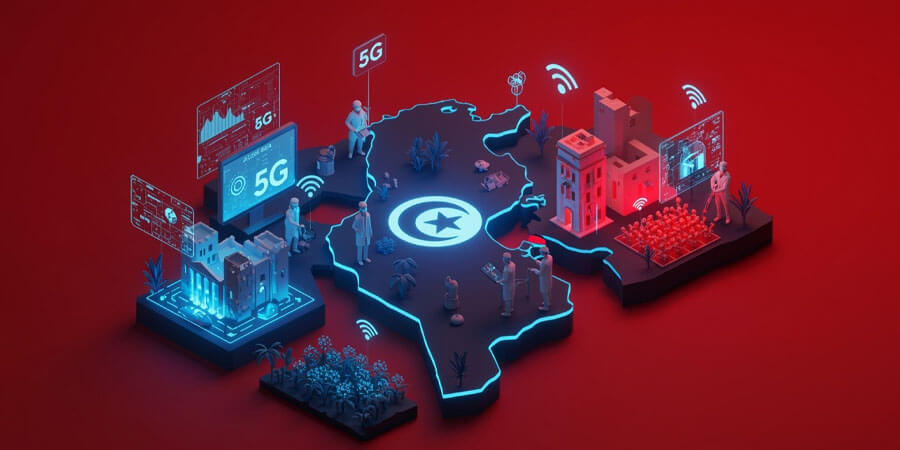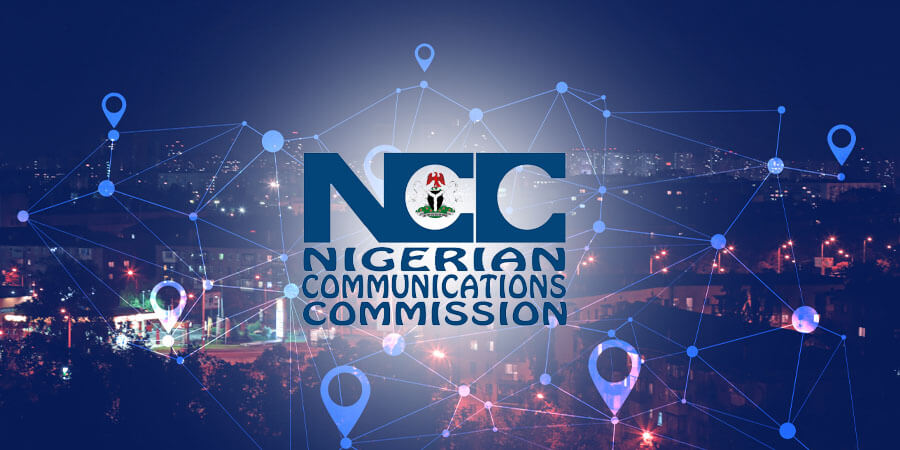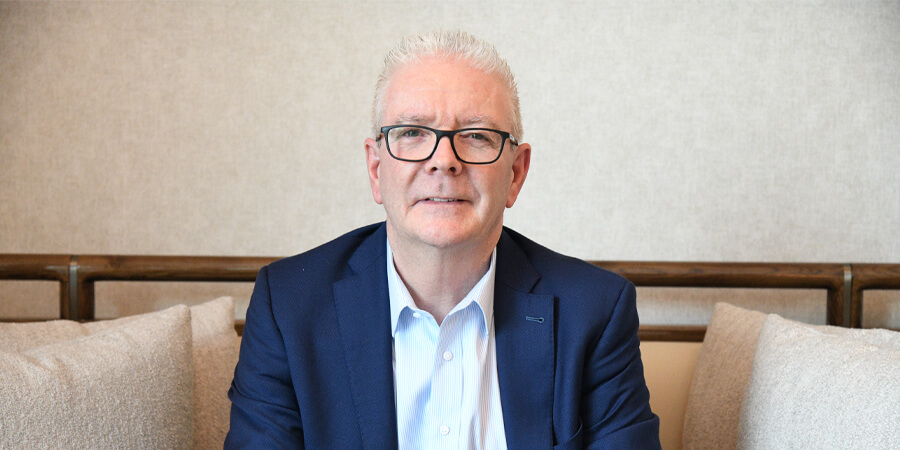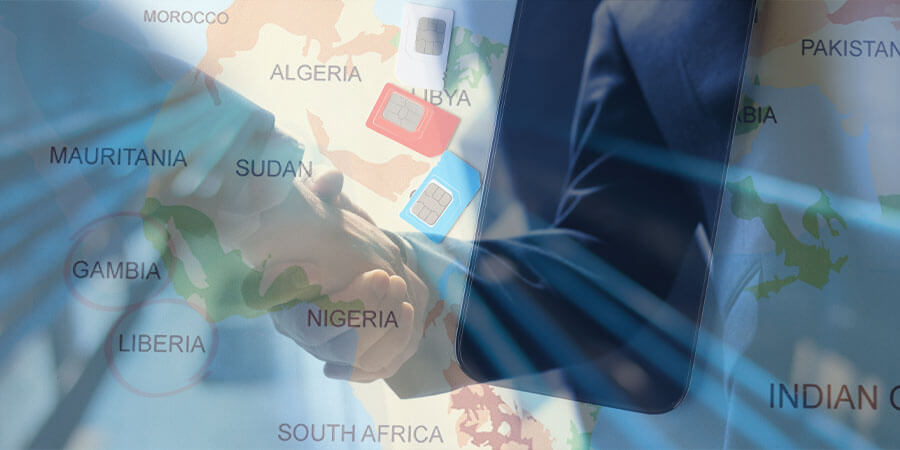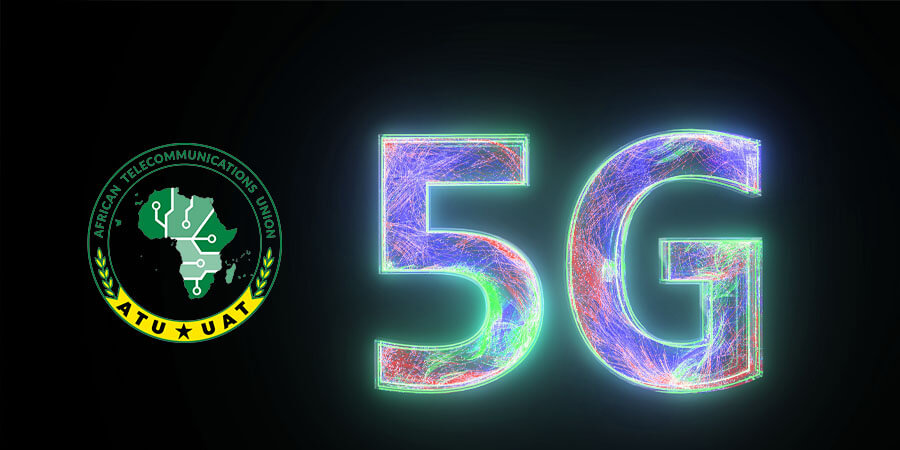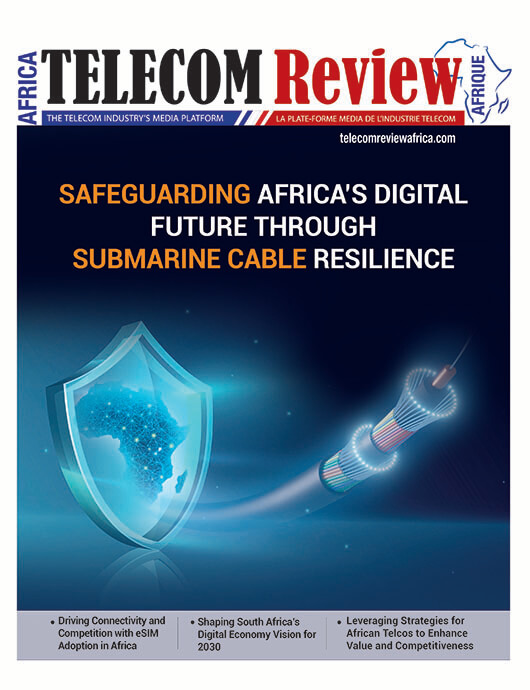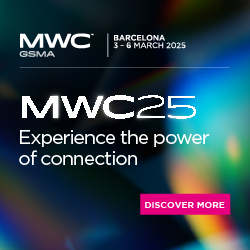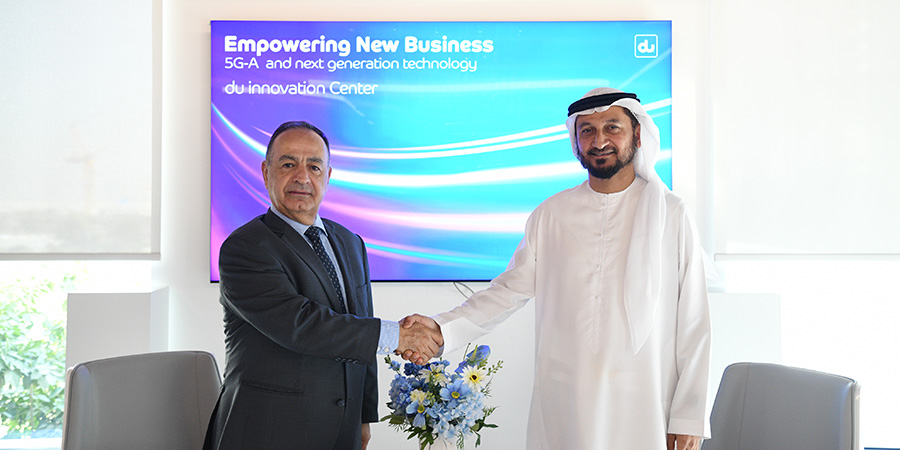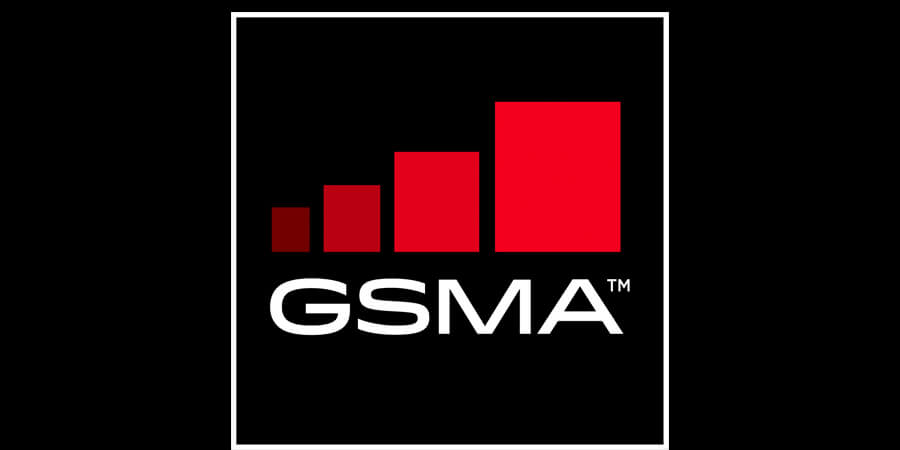Global System for Mobile Communications Association (GSMA) has called on Kenya’s mobile industry regulator to boost the country’s spectrum provision by at least two gigahertz (GHz) to maximize 5G potential and minimize environmental impact.
In a new publication, the GSMA recommends that the country’s mobile industry will need an average of 2 GHz of midband spectrum to meet the International Telecommunications Union (ITU) data speed requirements of 100 Mbps download speeds and 50 Mbps upload speeds.
GSMA also said that by achieving the required ITU targets, the mobile industry regulator would be able to lower the cost of 5G for the consumer and minimize the impact on the environment
“Without the additional spectrum, it will be impossible to realize the full potential of 5G in some cases. In others, it will lead to higher carbon emissions and consumer prices,” stated GSMA.
This will help stakeholders on the path to realizing the maximum benefits by 2030. “The study shows that policymakers should license spectrum to mobile operators in harmonized bands, such as 3.5 GHz, 4.8 GHz and, 6GHz to meet the ITU’s requirements by 2030,” added GSMA.










